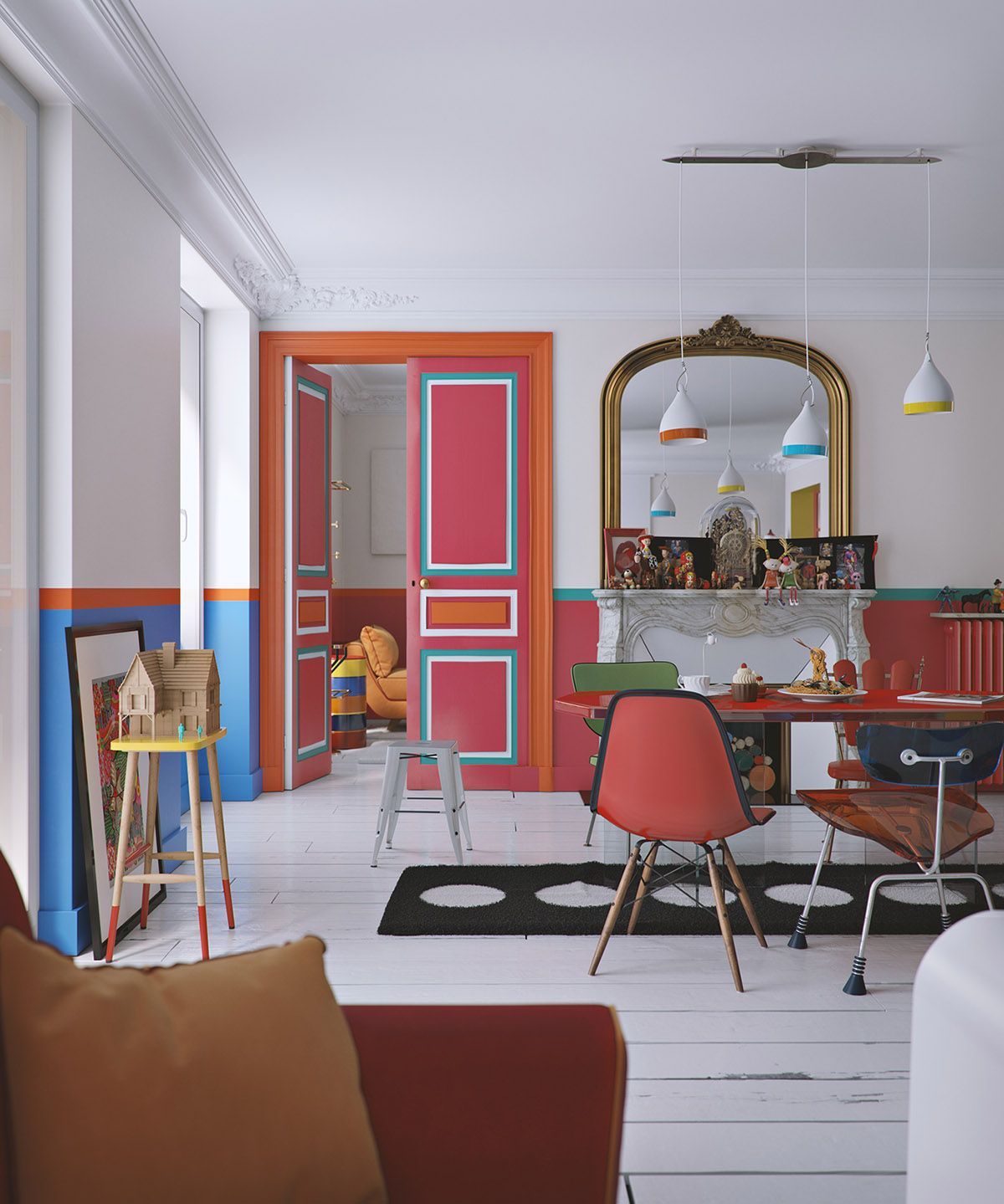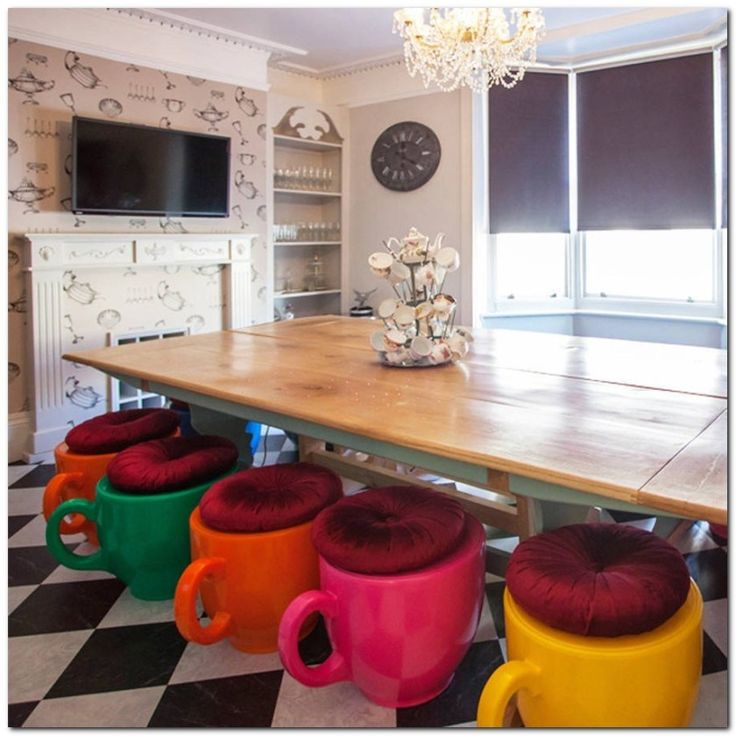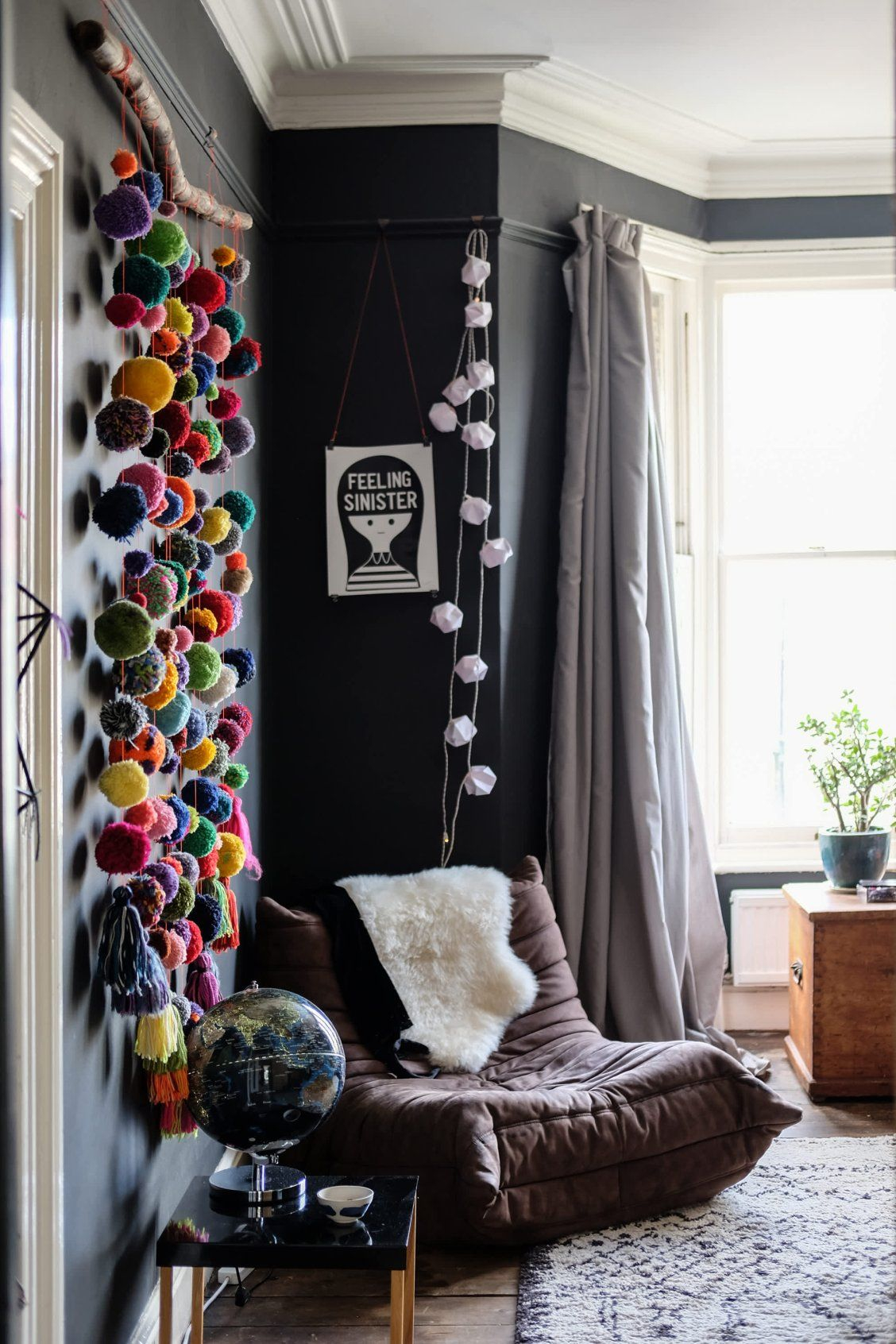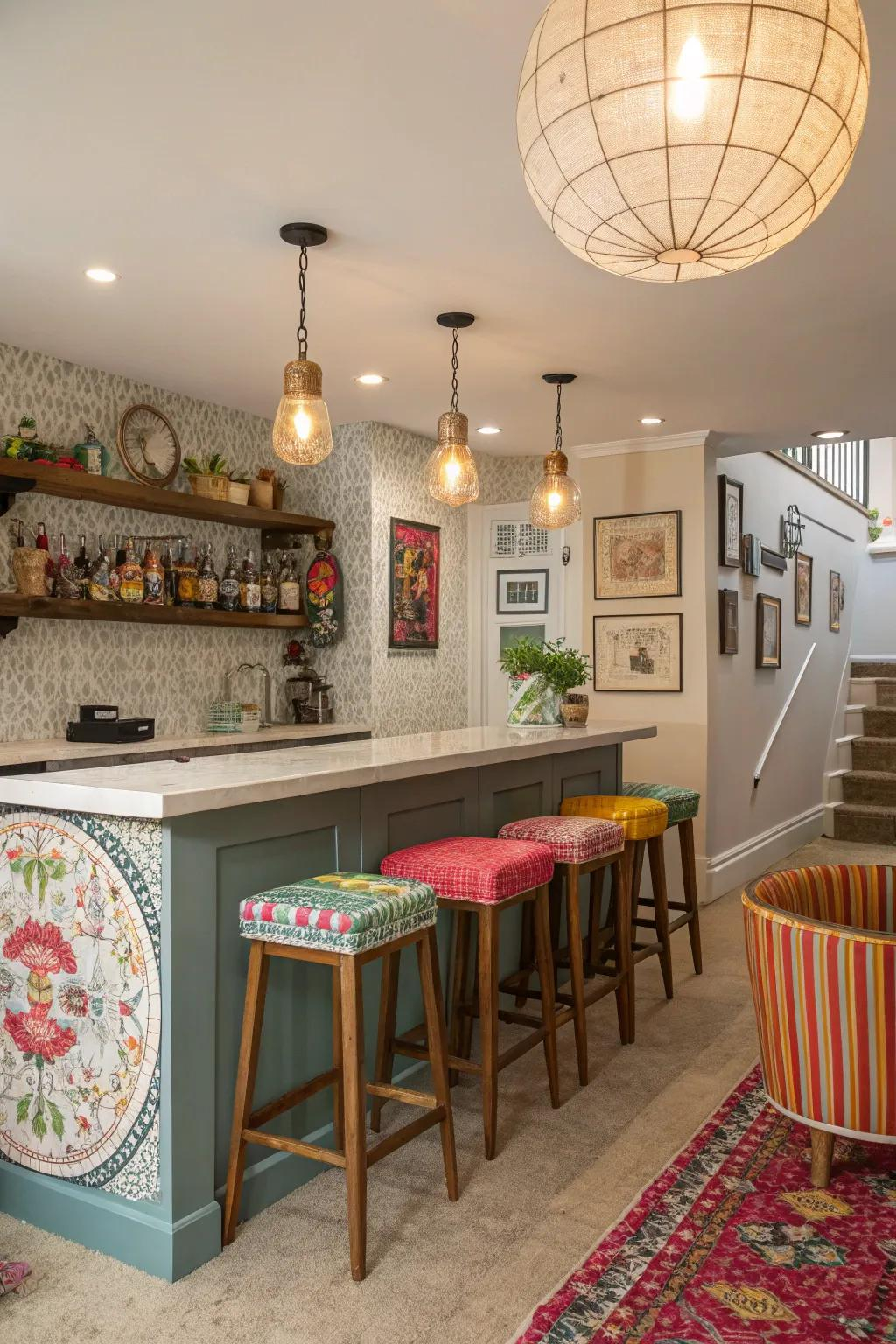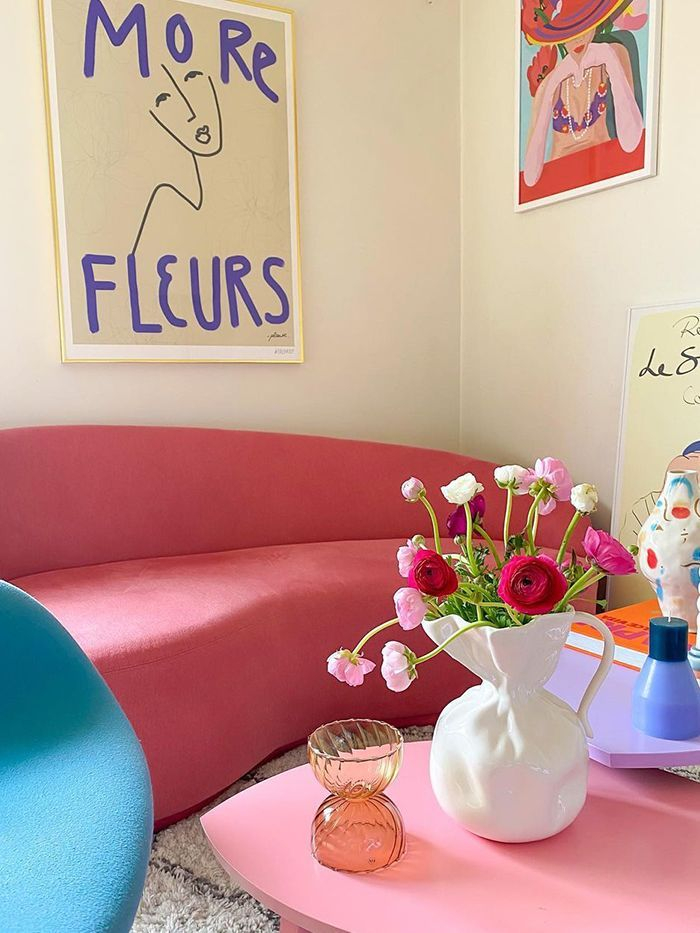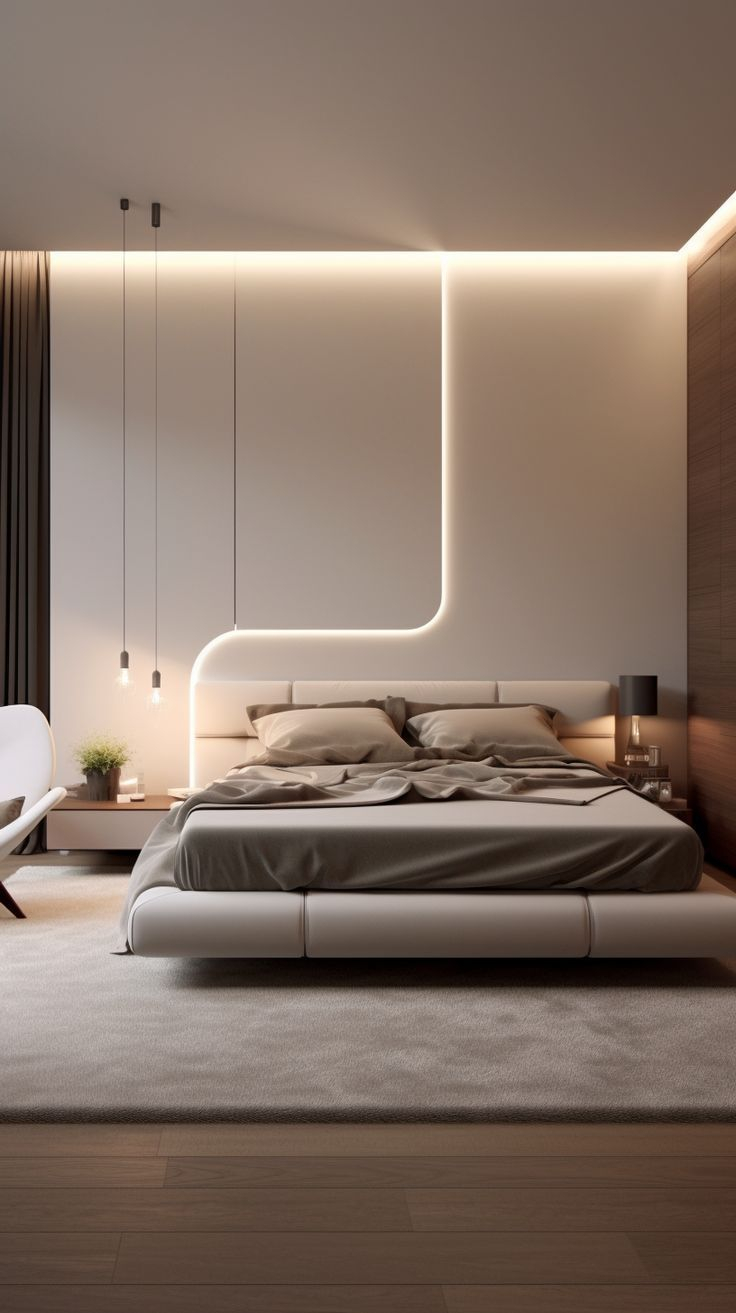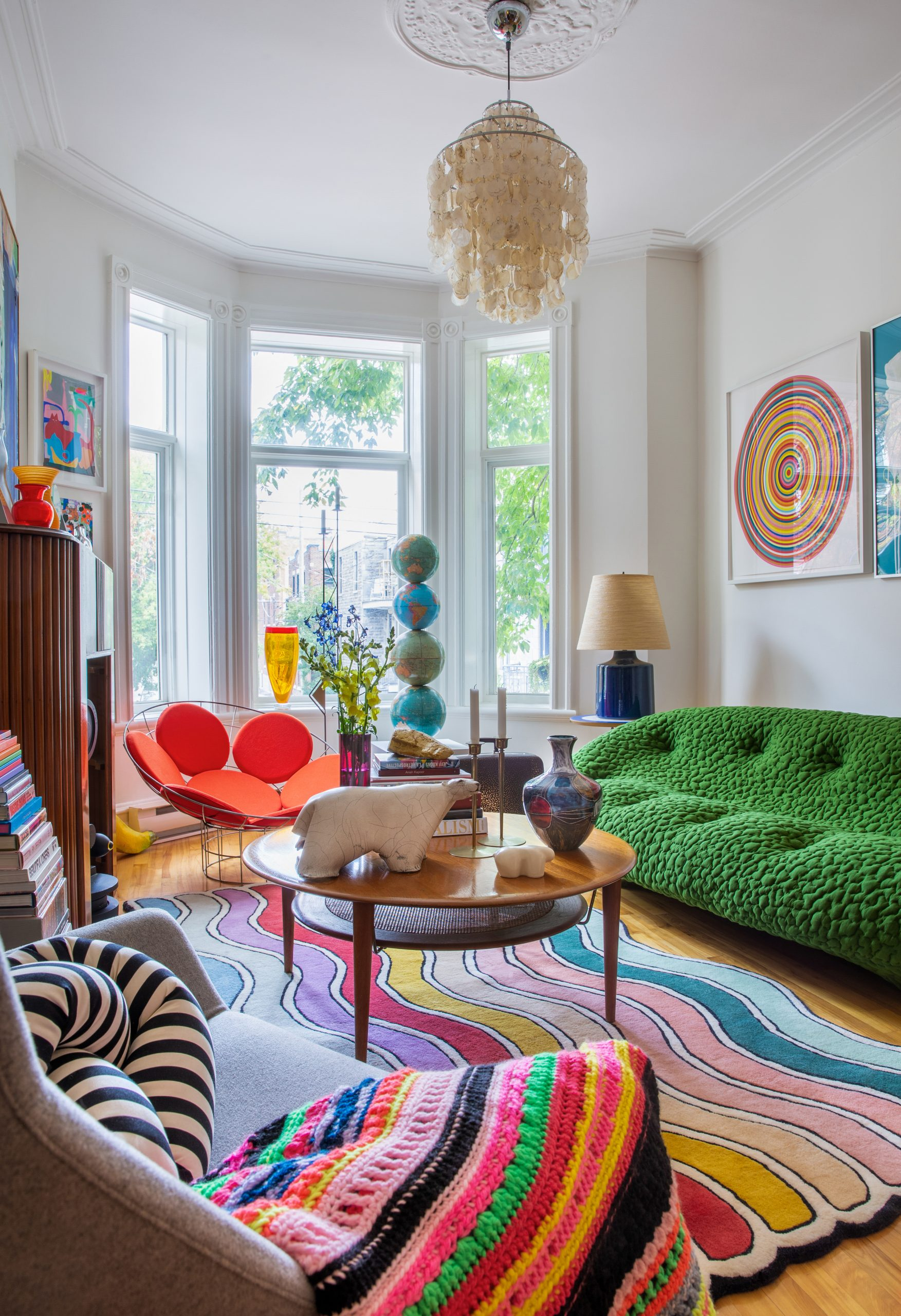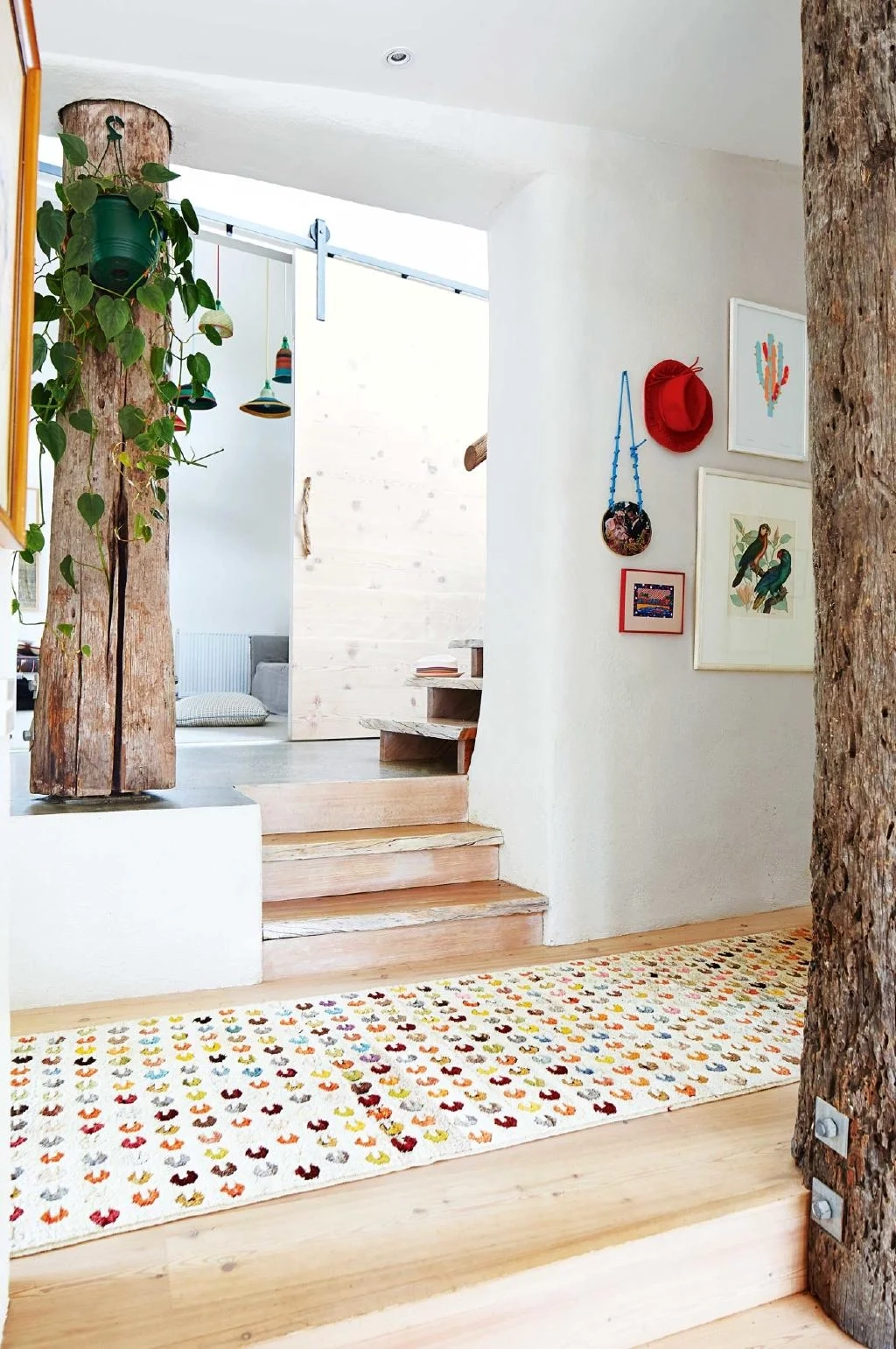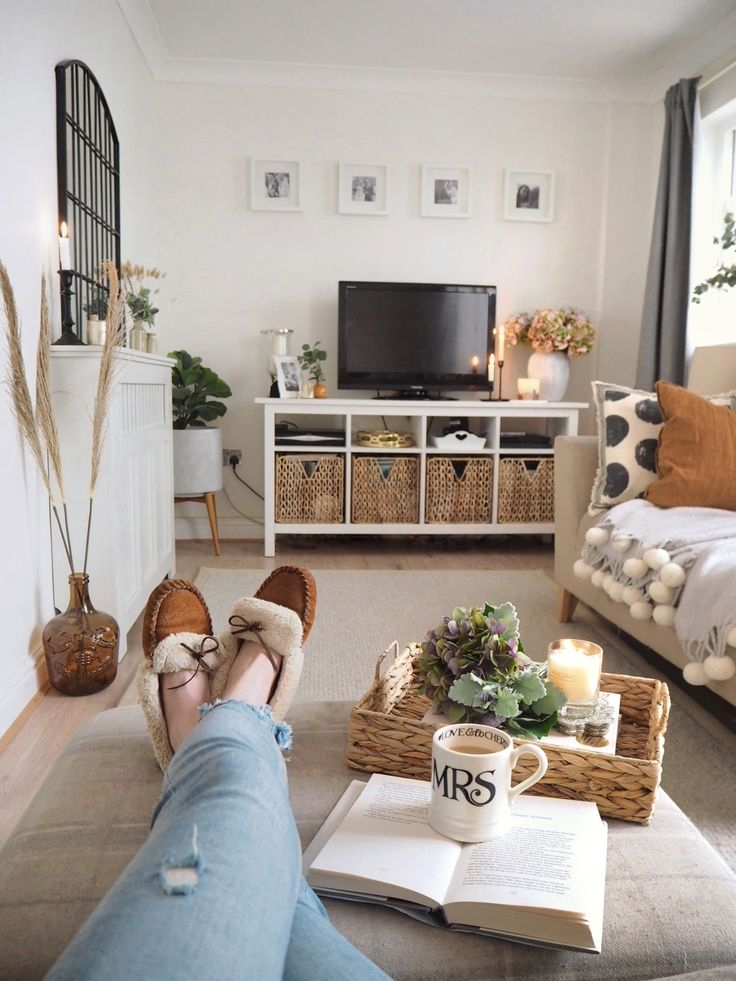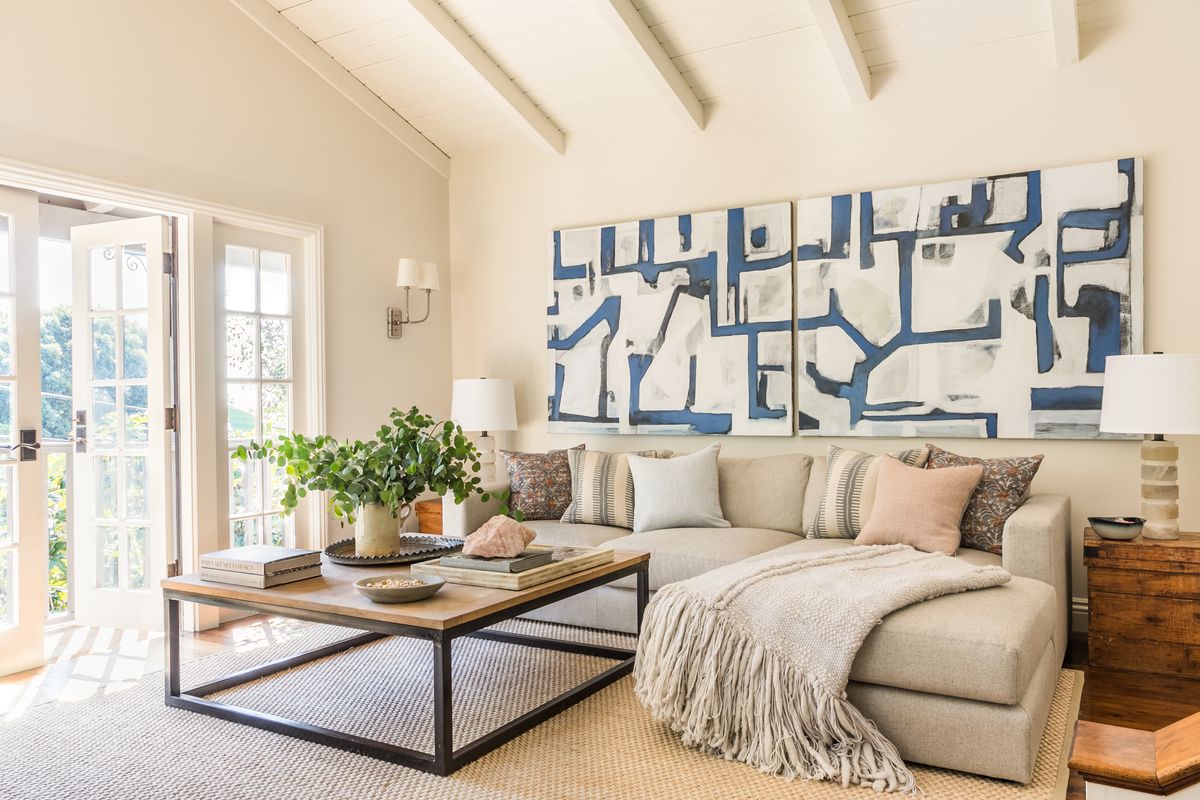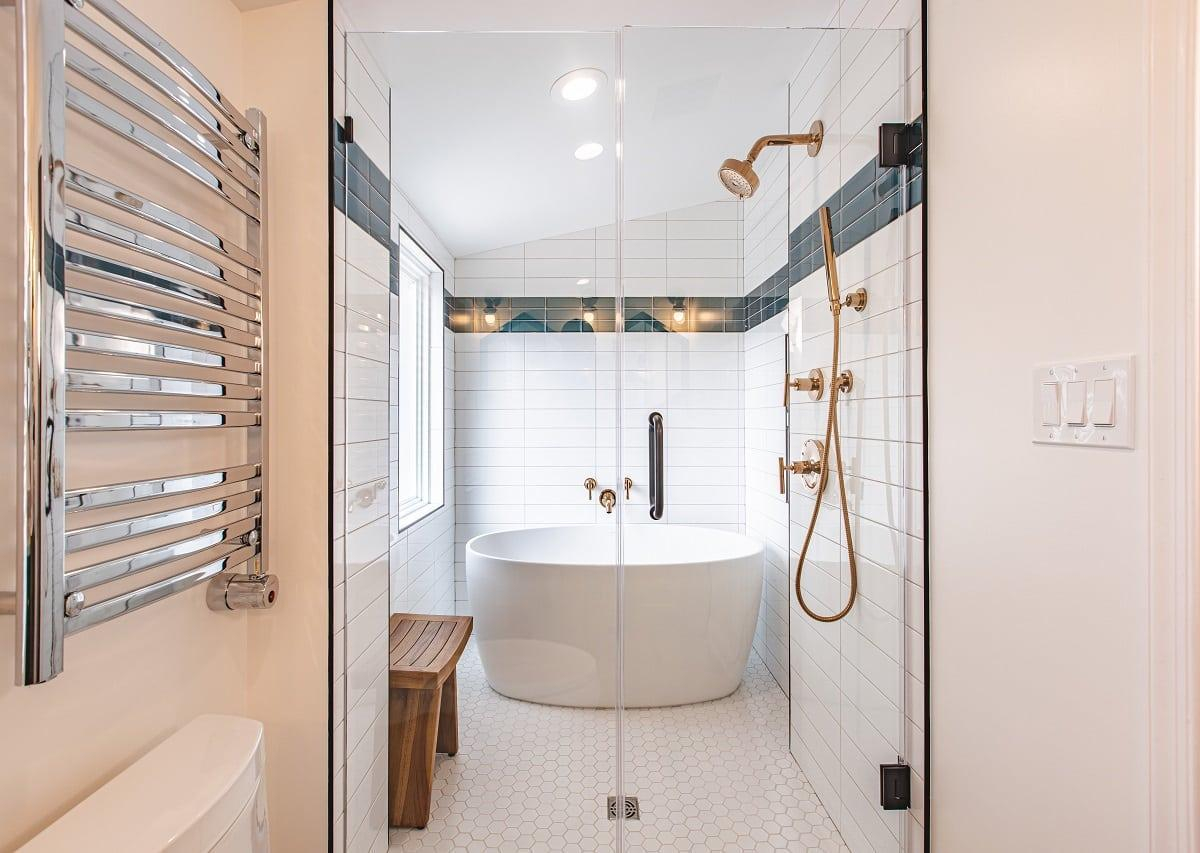Ever walked into a room and felt an immediate spark, a sense of personality that just clicked? Chances are, it wasn’t just the big, obvious things. It was the little surprises, the odd little details that whispered stories and made you feel something. This is the magic of the unexpected, the quirky touches that don’t just decorate a space or an event, but imbue it with a unique soul. It’s about those small, often overlooked elements that, when placed just so, create a ripple of delight and leave a lasting impression. Think of it as the secret handshake of good design and thoughtful curation. It’s not about being loud; it’s about being memorable through intelligent, playful, and sometimes wonderfully weird choices.
We live in a world that often gravitates towards the polished and the predictable. But what truly captures our attention, what makes us pause and smile, are often the things that deviate from the norm. The art of the unexpected, particularly through small, quirky touches, is a powerful way to communicate personality, evoke emotion, and create truly memorable experiences. It’s about injecting a bit of playful rebellion into the everyday, transforming a standard gathering into an unforgettable event, or a simple object into a conversation starter. This isn’t about grand gestures; it’s about the subtle, surprising additions that reveal character and thoughtfulness. Ready to explore how these little oddities can make a massive difference?
Why Small and Quirky Works Wonders
It might seem counterintuitive, but focusing on the tiny and the peculiar can yield enormous results. Why? Because these elements bypass our usual defenses. We expect the main features to be impressive, but when a small, unexpected detail catches our eye, it feels like a personal discovery, a secret shared. It shows a level of care and creativity that goes beyond the superficial. Think about a beautifully set table – lovely. But then, imagine each place setting having a tiny, hand-painted pebble with a guest’s name on it. Suddenly, it’s not just a meal; it’s an experience. This approach taps into our human need for novelty and connection. It demonstrates that someone took the time to think outside the box, to add that extra dash of personality that makes everything feel more alive and engaging. It’s about crafting moments that resonate long after the event has passed or the object has been seen.
The Craft of Curating Quirks: Where to Find Them
So, where do these delightful oddities come from? They’re everywhere if you know where to look. It could be a vintage button used as a tie-clip, a mismatched pair of colorful socks peeking out from under tailored trousers, or a handwritten note tucked into a gift. For your home, consider a vintage doorknob on a modern cabinet, a collection of oddly shaped ceramic figures on a shelf, or a brightly colored, unexpected piece of art in a neutral room. At events, it might be a signature cocktail with a bizarrely named ingredient, a photo booth with a selection of truly outlandish props, or even the music playlist featuring a few surprising throwbacks. The key is to choose elements that align with the overall mood or message you want to convey, even if they’re a little off-kilter. It’s about finding things that have character and a story, whether that story is real or imagined.
Making a Statement Without Shouting
The beauty of these subtle touches is their ability to speak volumes without being loud or ostentatious. A single, vibrant, hand-knitted mitten placed on a stark white railing in a gallery can draw more attention and conversation than a large, abstract painting. It’s the unexpected contrast that creates the impact. Consider a formal wedding where, instead of traditional favors, guests receive small packets of wildflower seeds with a tag that reads, ‘Let love grow.’ It’s charming, eco-friendly, and deeply personal. Or think about a business presentation where the speaker uses a quirky, antique pointer instead of a standard laser. It signals approachability and a willingness to be different. These aren’t just random additions; they are deliberate choices that communicate personality, creativity, and a certain confidence in being oneself, or in presenting something uniquely. It’s about making a mark that’s distinctive and thoughtful.
Examples in Action: From Homes to Happenings
Let’s look at some real-world examples. Imagine a coffee shop with mismatched chairs and tables, each with its own unique history and style. It creates a cozy, eclectic vibe that’s far more inviting than a uniform setting. Or consider a writer who always wears a single, brightly colored feather tucked into their lapel during book signings – it’s a simple, recognizable trademark. In product design, think of a brand that ships its items in packaging that doubles as a small, unexpected toy or puzzle. These are all instances where a small, quirky touch elevates the ordinary. Even in a professional setting, a doctor’s office might have a wall of framed, vintage medical instruments alongside modern art. It’s unexpected, a little bit quirky, and it subtly reinforces the theme of healing and history. It’s these kinds of details that make us remember and feel a connection.
The Psychology Behind the Charm
Why are we so drawn to these oddities? Psychologically, they play on a few key human tendencies. Firstly, novelty. Our brains are wired to pay attention to things that are new and different. These quirky touches provide that jolt of novelty. Secondly, they tap into our desire for authenticity and individuality. In a world that often pressures conformity, seeing or experiencing something unique feels genuine and refreshing. Thirdly, they can evoke a sense of playfulness and nostalgia, reminding us of childhood curiosities or simpler times. When we encounter something unexpected and delightful, it triggers the release of dopamine, the ‘feel-good’ chemical in our brains. This positive association makes us more likely to remember the experience and the person or place responsible for it. It’s essentially a shortcut to creating positive emotions and memorable connections.
Practical Tips for Injecting Your Own Quirks
Ready to add a little unexpected charm to your life or your next project? Start small and be authentic.
- Observe and Collect: Pay attention to things that catch your eye – a unique pattern, an unusual shape, a funny phrase. Collect them mentally or physically.
- Match the Mood: Ensure your quirky touches align with the overall feeling you want to create. A playful element might be perfect for a birthday party but out of place in a solemn ceremony.
- Don’t Overdo It: Too many quirks can become chaotic. Choose one or two impactful details rather than a bombardment of oddities.
- Tell a Story: If possible, choose items that have a personal story or a connection to the theme. This adds depth and meaning.
- Embrace Imperfection: Quirky often means a little bit rough around the edges. Don’t shy away from items that aren’t perfectly polished; their imperfections are part of their charm.
- Test the Waters: If you’re unsure, try a small, low-risk quirky addition. See how people react. You might be surprised by the positive response. Remember, it’s about adding personality, not just strangeness for strangeness’s sake.
In a world that’s constantly vying for attention, the art of the unexpected small quirky touch is your secret weapon. It’s a powerful, yet gentle, way to cut through the noise, to connect with people on a more personal level, and to make moments truly shine. By thoughtfully weaving in these delightful deviations from the norm, you’re not just decorating or entertaining; you’re crafting experiences that linger in the mind and warm the heart. So, go ahead, find that odd little button, that peculiar phrase, that delightfully mismatched item. Embrace the unconventional, and watch how these small, surprising details create the biggest, most beautiful statements. It’s a simple philosophy, really: the most memorable things are often the ones that dare to be a little bit different.

